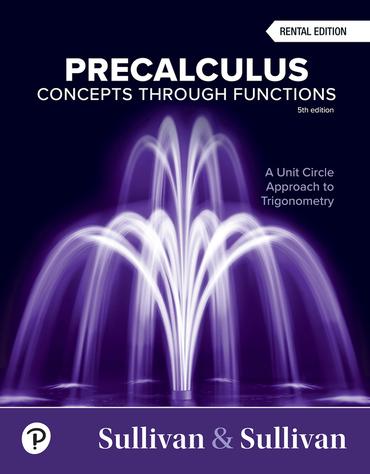(a) Use the drop-down menu to select the absolute value (|x|) function. The basic function f (x)...
Question:
(a) Use the drop-down menu to select the absolute value (|x|) function. The basic function f (x) = |x| is drawn in a dashed-blue line with three key points labeled. Now, use the slider labeled h to slowly increase the value of h from 0 to 4. As you do this, notice the form of the function g(x) = f (x − h) + k labeled in green. Repeat this for other functions available in the drop-down menu. Based on what you observe, conclude if the argument x of a function is replaced by x − h, h > 0, the graph of the new function g( x) = f ( x − h) is the graph of f shifted_______ (horizontally/vertically)________ (up/down/ left/right) h units.
(b) Use the drop-down menu to select the absolute value (x) function. The basic function f (x) = |x| is drawn in blue with three key points labeled. Now, use the slider labeled h to slowly decrease the value of h from 0 to −4. As you do this, notice the form of the function g(x) = f (x − h) + k labeled in green. Repeat this for other functions available in the drop-down menu. Based on what you observe, conclude if the argument x of a function is replaced by x + h, h > 0, the graph of the new function g( x) = f ( x + h) is the graph of f shifted________ (horizontally/vertically)________ (up/down/left/right) h units.
(c) If y = f (x) is some function whose graph contains the point (3, 4), the graph of y = f (x − 3) would contain the point ________. Express your answer as an ordered pair.
(d) If y = f (x) is some function whose graph contains the point (3, 2), the graph of y = f (x + 4) would contain the point ________. Express your answer as an ordered pair.
Step by Step Answer:

Precalculus Concepts Through Functions A Unit Circle Approach To Trigonometry
ISBN: 9780137945139
5th Edition
Authors: Michael Sullivan




